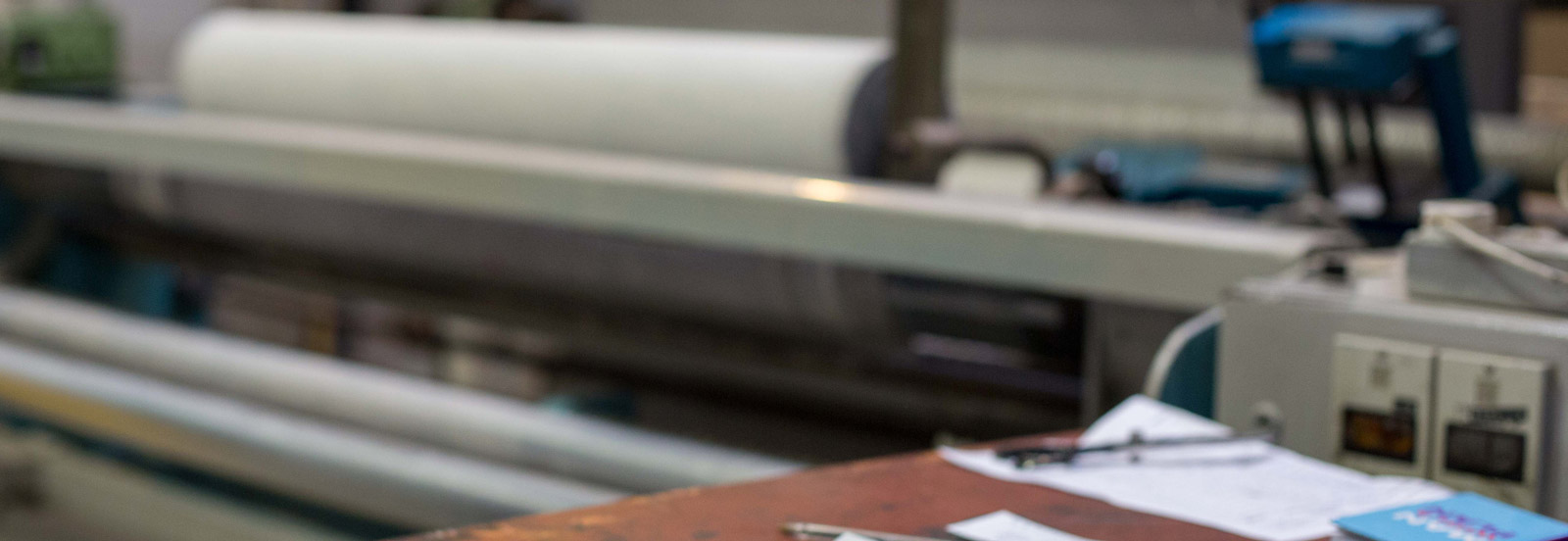29 Sep Upholstery – What’s so special about it?
Upholstery – What’s special about it?
Summary:
- The RISK of IGNITION occurring in large articles with PolyUrethane foam filling and an outer textile cover.
- TWO types of ignition are possible: both SMOULDER and FLAME ignition.
- COMPOSITE articles where particular combinations of different materials can demonstrate increased risk.
How could there be a problem….?
Upholstery plays a large role in the interior style and design of our modern living circumstances. It is often the centre of family life. It is part of the colour scheme and tends to be what we use when we are actually living in our homes – often called ‘watching tv’. We eat there, sleep there and do many other things.
The more there is the higher the chances that something might happen. Upholstery is to be found in most (every) home in the UK.
Add the likelihood that a bed and mattress may be manufactured from similar materials whilst having a different use scenario and it is easy to see why any identified risk will be important.
These types of article must be Soft, Resilient and provide thermal insulation i.e. they keep bodily warmth rather than conduct it away: They must be COMFORTABLE. It is important to recognise this general description because whatever risks we identify it is likely that the characteristics that meet the requirements will also dictate that the risks will remain. It is the physical characteristics that are a risk problem and not the chemicals the different materials are made from.
A bit of history….
Research from the 1970 and 1980 period showed one very worrying aspect of the burning behaviour of upholstered furniture: small ignition sources (such as smoker’s materials) can ignite this large object and turn it into a very large secondary ignition source. This produced a large amount of smoke and toxic fumes in a restricted air supply burn scenario. More concerning was the delayed action effect demonstrated very conclusively by the data. The initial ignition source may have been accidentally left/dropped/applied in the late evening hours but the critical stage of the fire occurred some hours later when house occupants were not only asleep but in a different room. The deadly smoke and toxic fumes went before the advance of the fire.
This is the basis of the UK Upholstered Furniture (Fire) (Safety) Regulations 1988, commonly referred to as the FFR.
It is important that these evaluated risks are kept very clearly in mind when considering the FFR and its application.
FRETWORK has re-published on its website the British Rubber Manufacturers Association (BRMA) Flexible Foam Group booklet on flexible polyurethane foam (PUF) from the 1980’s.
See: https://fretwork.org.uk/brma-document-fretwork/
This was produced at a time when a very strong debate was being held over exactly what was the problem with upholstery fires and what could or should be done.
This was the start of what we know today as the FFR.
…and today?
There were concerns demonstrated at this time that were was a special problem but understanding was limited. See:
- TJ. Ohlemiller, “Modeling of Smoldering Combustion Propagation,” Progress in Energy and Combustion Science, 11, p. 277 (1985).
This was somewhat reflected in the development of the UK testing regime behind the FFR where tests for both open flame and smoulder ignition were developed and testing was mainly made using a L – shaped rig to simulate an upholstery seat.
However, papers published only during the last 5 years are completing our understanding of the specifics of the ignition risk for upholstered furniture. The complete scientific understanding is waiting to be described but the risk is now more fully and clearly described. It could be that decisions made during the 1980’s must now be reconsidered. Perhaps the FFR will require new test to extend our consideration of the combination of materials and not just relatively simple combinations thither the focus of the FFR.
See:
Morgan AB, Knapp G, Stoliarov SI, Levchik SV. Studying smoldering to flaming transition in polyurethane furniture subassemblies: Effects of fabrics, flame retardants, and material type. Fire and Materials. 2021;45: 56–67. https://doi.org/10.1002/fam.2847
It is clear is that PUF filled upholstery with a textile outer cover may continue to show a potential for alarming open flame ignition unless appropriate requirements for ignition control are respected. The problem of Smoulder ignition with a consequent development of extremely high levels of deadly smoke and toxic fumes (STF) remains comparatively little understood. It is the main source of high STF which, from large items of furniture, can fill a dwelling and cause injury and death before a full scale fire occurs. This is exactly as described during the 1980’s in the writing of the FFR but without small but significant facts that make the continued significance of this risk a problem 40 years on.
Whatever materials we employ, the physics of this combination of materials will continue to present risk that a ‘chemical avoidance’ cannot prevent.
The Fire Safety of Upholstery must take both types of ignition risk into account.



Sorry, the comment form is closed at this time.